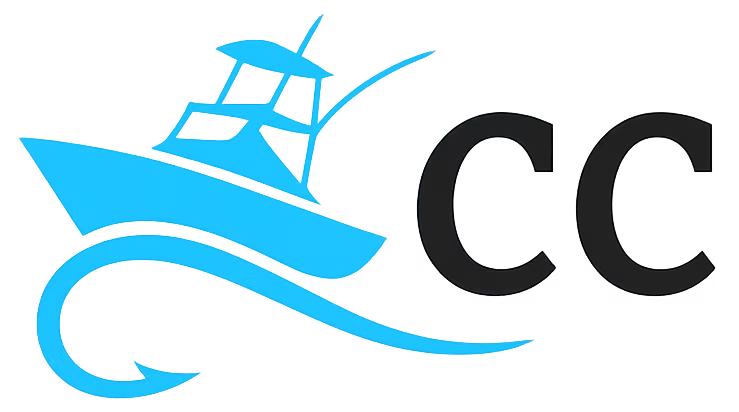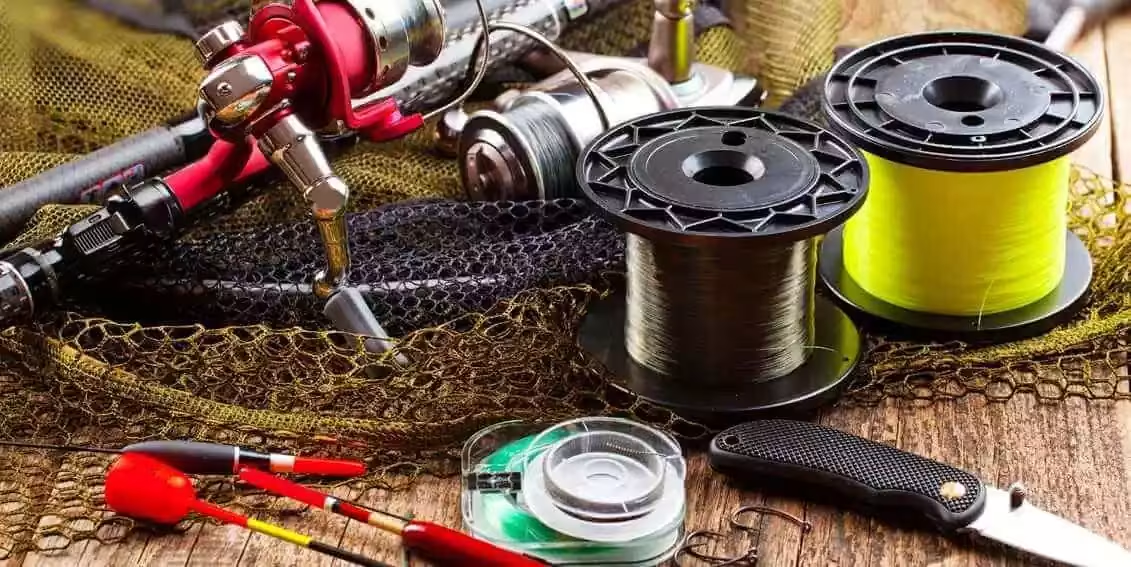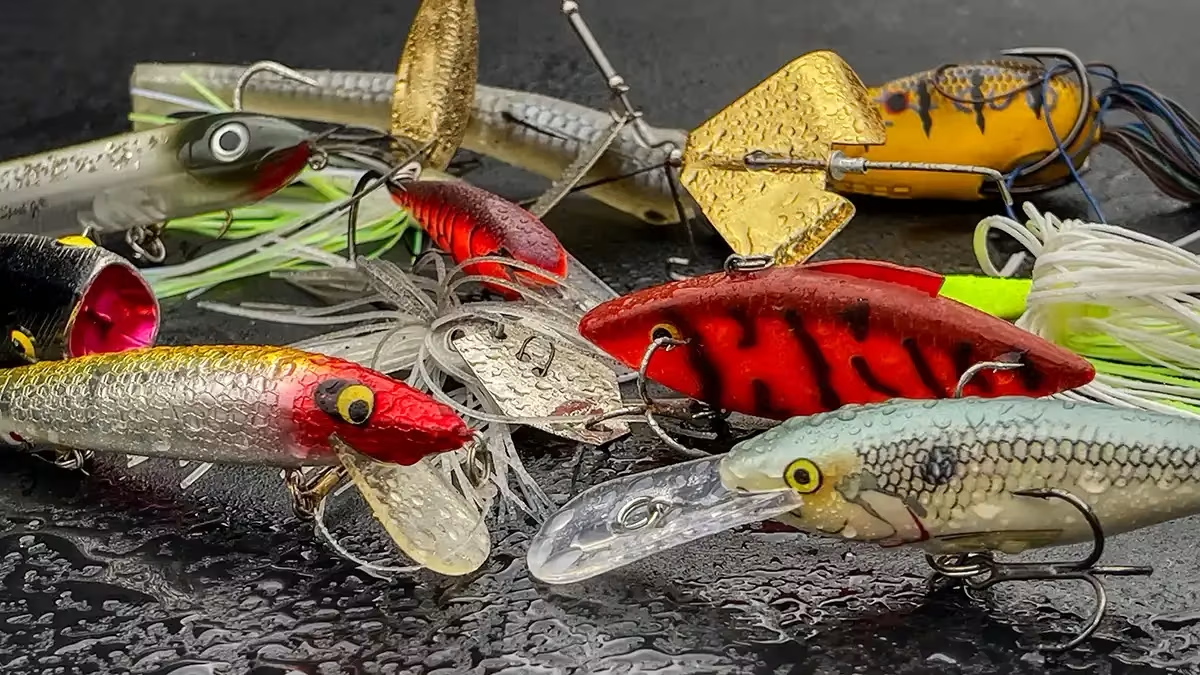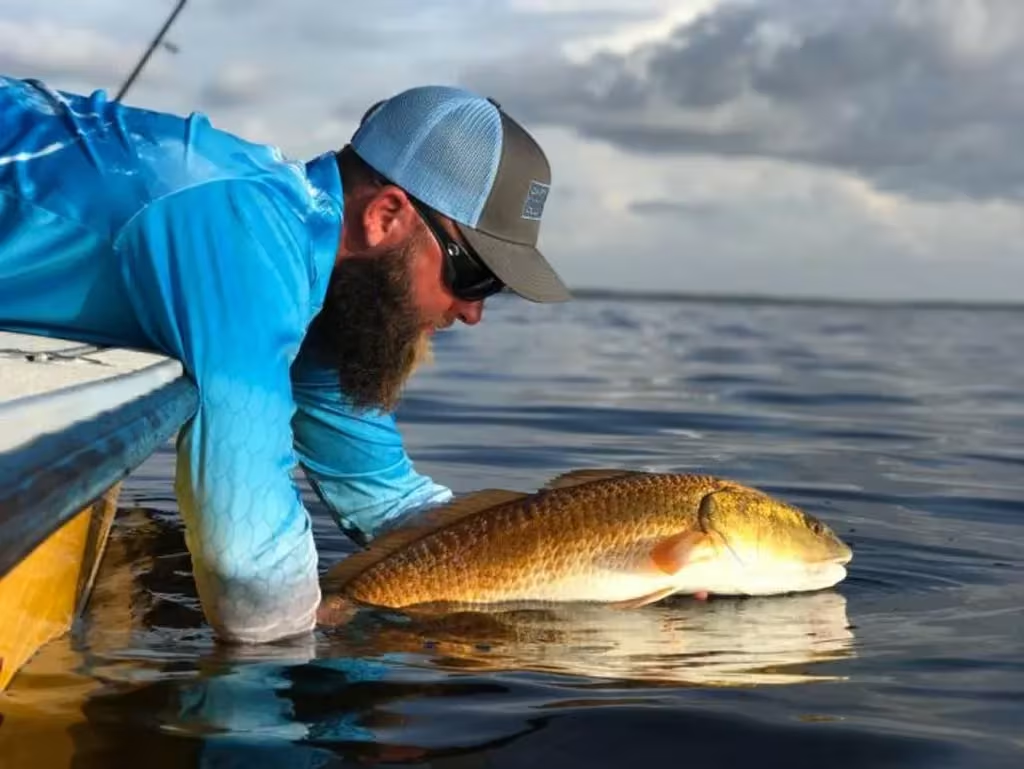Three Materials, Three Personalities
Walk down any tackle aisle and you’ll see walls of spools in every color and rating. Underneath the marketing, all line falls into three camps: braided, monofilament, and fluorocarbon. Each behaves differently in the water and on the reel, so the question isn’t “Which is best?” but “Which fits what I’m doing today?”
Braided Line — Thin, Strong, Zero Stretch
- Construction: Woven fibers, usually polyethylene.
- Diameter: About one-third the thickness of mono for the same break strength, so more yardage fits on a spool and lures dive deeper.
- Stretch: Practically none. You feel every pebble and quick hook-sets drive steel home on long casts.
- Downsides: White-knuckle strength means it saws through guides if they’re worn, and it’s easy to dig into itself on a partially filled spool. Fish can also see braid in clear water, so a leader helps.
Best for: Punching frogs through lily pads, jigging deep wrecks, pitching under docks, or anywhere you need pulling power and sensitivity.
Monofilament — Forgiving and Budget Friendly
- Construction: A single strand of nylon.
- Stretch: Ten to twenty percent. That cushion absorbs sudden runs and helps keep treble hooks pinned during violent head shakes.
- Buoyancy: Slightly floats, making it perfect for topwater plugs that you want to stay up.
- Memory: Holds coils after long storage, so respool often. UV light and heat speed up wear, but mono is cheap to replace.
Best for: Beginners, topwater lures, live-bait rigs that need shock absorption, and any application where pennies per yard matter.
Fluorocarbon — Invisible and Abrasion Tough
- Construction: Polyvinylidene fluoride, denser than water.
- Visibility: Refractive index nearly matches water, so it “disappears” better than the other two.
- Sink Rate: Drops quickly, helping crankbaits get down and keeping leaders out of sight.
- Abrasion Resistance: Handles rock edges, oyster bars, and toothy fish better than mono of equal diameter.
- Downsides: Stiffer and pricier. On spinning outfits heavier than 10-pound test, it can spring off the spool in loops.
Best for: Clear lakes, leader material ahead of braid, finesse presentations, and situations where stealth outweighs stretch.
Putting It Together on Your Reel
| Scenario | Main Line | Leader | Why It Works |
|---|---|---|---|
| Frogging heavy mats | 50 lb braid | 0 | Cuts through weeds, zero stretch for hook-sets |
| Surf casting plugs | 20 lb mono | 40 lb fluoro shock leader | Mono’s give protects knots; fluoro adds invisibility and abrasion resistance |
| Drop-shotting clear water | 15 lb braid | 6–8 lb fluoro | Braid’s feel plus invisible, sinking leader |
| Trolling crankbaits | 12 lb fluoro | 0 | Line sinks, runs deeper, resists jawline teeth |
Care and Maintenance Tips
- Trailer Trick: Wrap electrical tape on the empty spool before loading braid so it grips.
- Stretch Test: Give mono a gentle tug after a trip; cloudy spots mean it’s time to cut back.
- Leader Length: Two to four feet is plenty. Longer leaders spool awkwardly and waste material.
- Reuse Smartly: Back old braid onto another reel as under-wrap, then add fresh braid as topshot to save money.
Final Thought
Lines are tools, not fashion statements. Pick braid for power and feel, mono for forgiveness, and fluoro when fish get picky. Mix and match as conditions change and you’ll spend more time fighting fish instead of second-guessing your setup.






